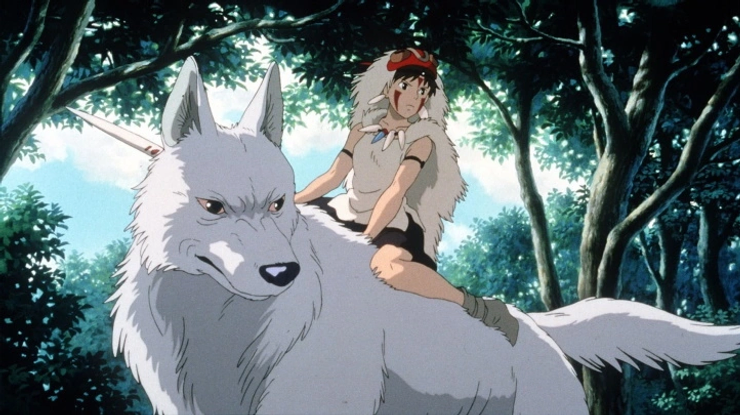By: Ethan Tu
Princess Monoke was released in Japan on July 12, 1997 and was a phenomenal success. The film grossed over 19 billion yen (160 million USD) at the box office, surpassing the country’s previous record holder, Steven Spielberg’s ET. The movie’s success launched animator and director, Hayao Miyazaki, to new heights of fame and influence.
The film’s producer, Toshio Suzuki, had a large role to play in the distribution of the movie. With his help, Studio Ghibli formed a deal with Disney which would distribute Studio Ghibli’s movies worldwide. The contract included a theatrical release of Princess Monoke in the US.
Unfortunately, Disney considered the film too mature to be released under its banner. As a result, the film was passed on to Miramax, a subsidiary of Disney. At the time Miramax was led by Harvey Weinstein, a talented producer who had a reputation for taking art films internationally and modifying them in ways that he thought appealed to the domestic audience.
Creating an English version of Princess Monoke that both Miramax and Studio Ghibli were happy with proved to be quite a challenge. Neil Gaiman, the man in charge of adapting the Japanese script, recalls being caught in a “peculiar cleft stick” between the demands of Miramax and Studio Ghibli. “You were dealing with one film company in America where everybody was very literal,” says Gaiman. “And one film company in Japan, where being literal was the furthest thing from anybody’s mind.” (BBC)
Other issues included Miramax wanting to add their own sound effects to the film, claiming that some moments were so quiet and still that American audience members would think the sound had malfunctioned. Some of these moments include butterflies that make twinkling sounds as they flutter their wings and even “the sound of a cloud passing.”
After dealing with a series of issues, the movie was finally released on October 29, 1999, and only grossed $2.3 million domestically. Many people believe the film did not perform well because the US audience was raised on the singing and dancing animations of Disney that always ended happily ever after. Contrast that to Princess Monoke, which includes violence, no clear difference between good and evil, and no perfect happy ending.
Shiro Yoshioka, a Japanese culture researcher, said “this has always been a problem when we try to export Japanese animation to the States, because they have this mindset that animation is for children, it has to be dumbed down.











